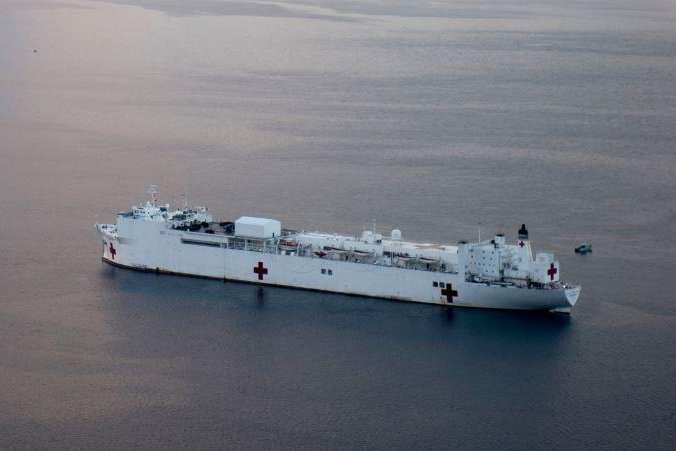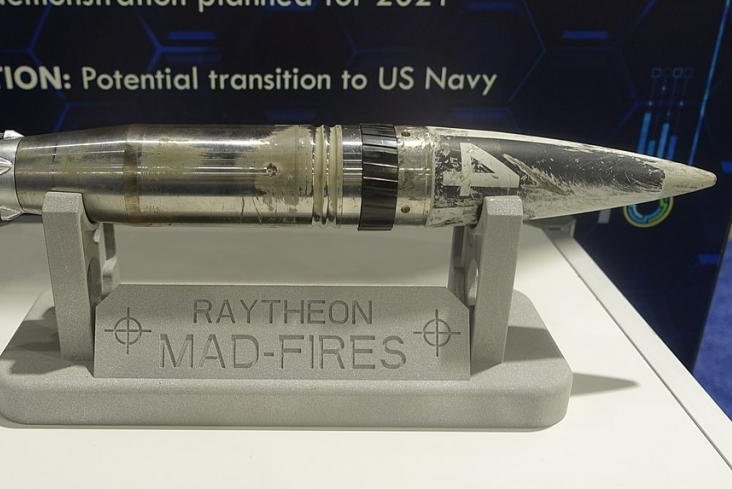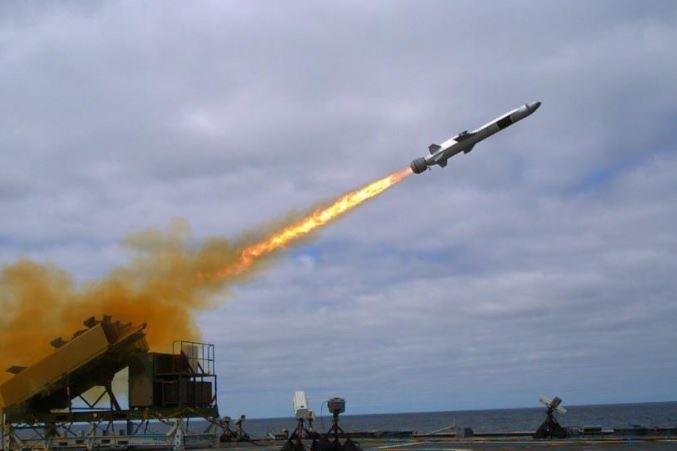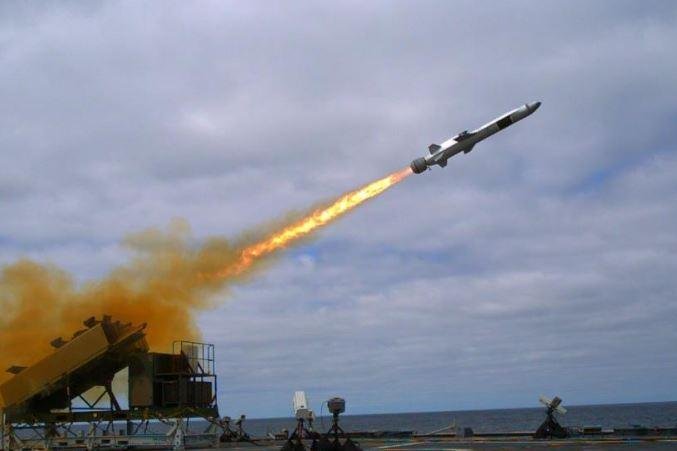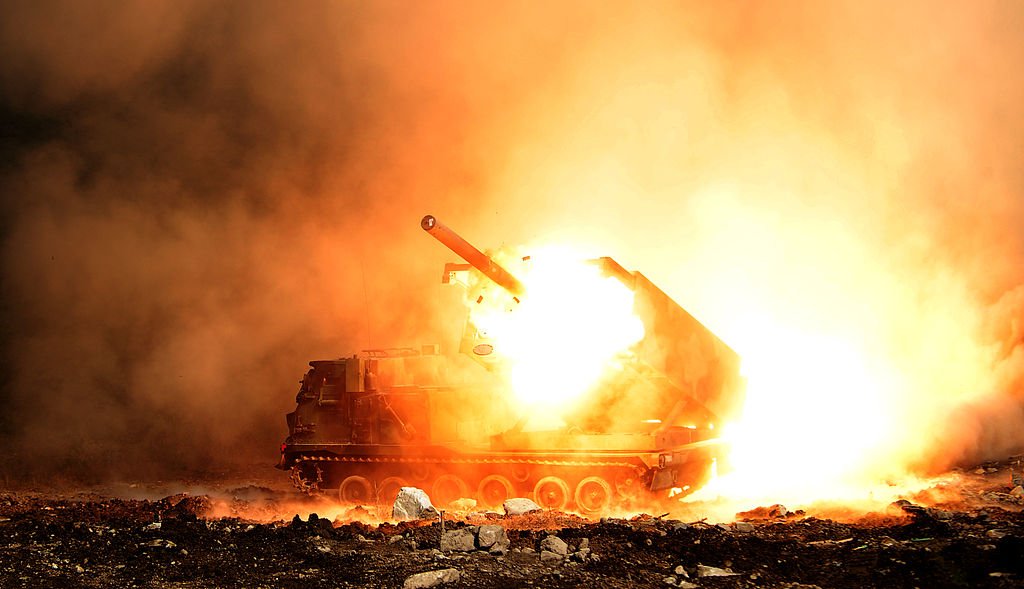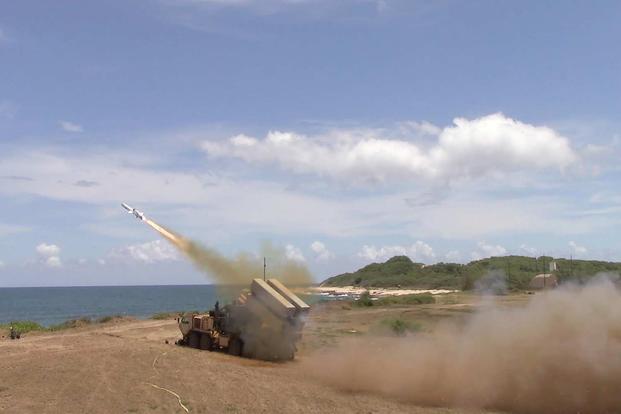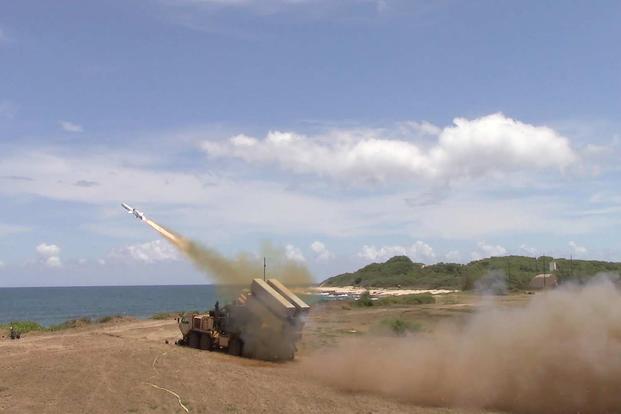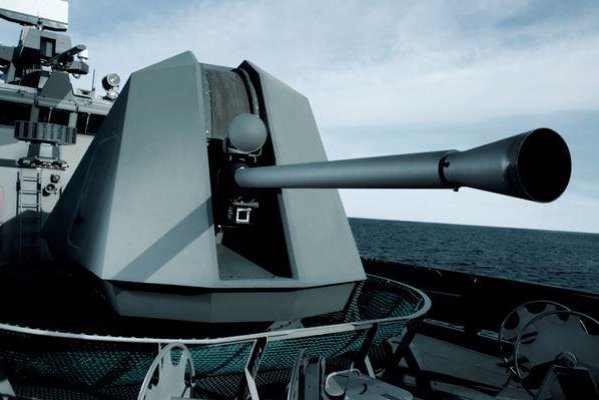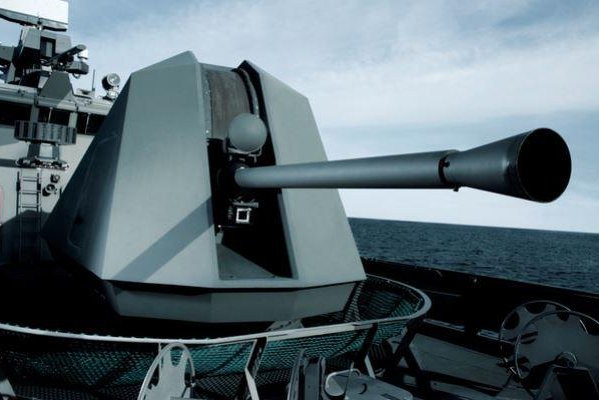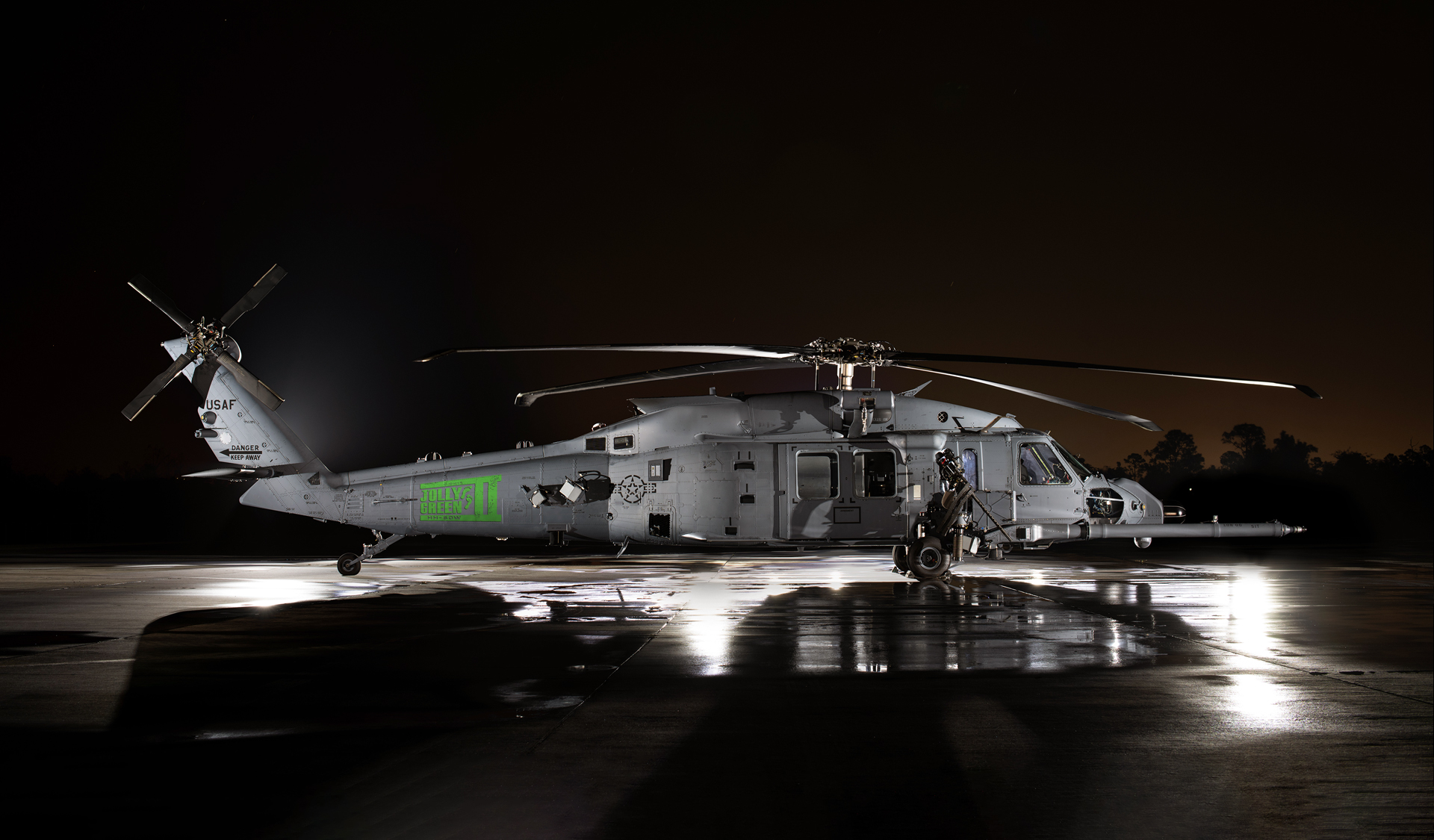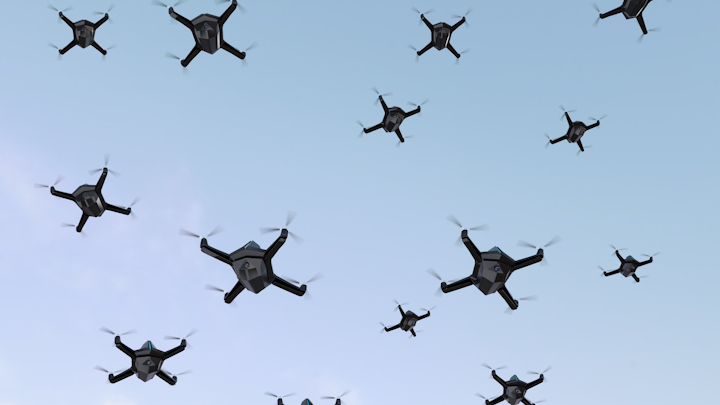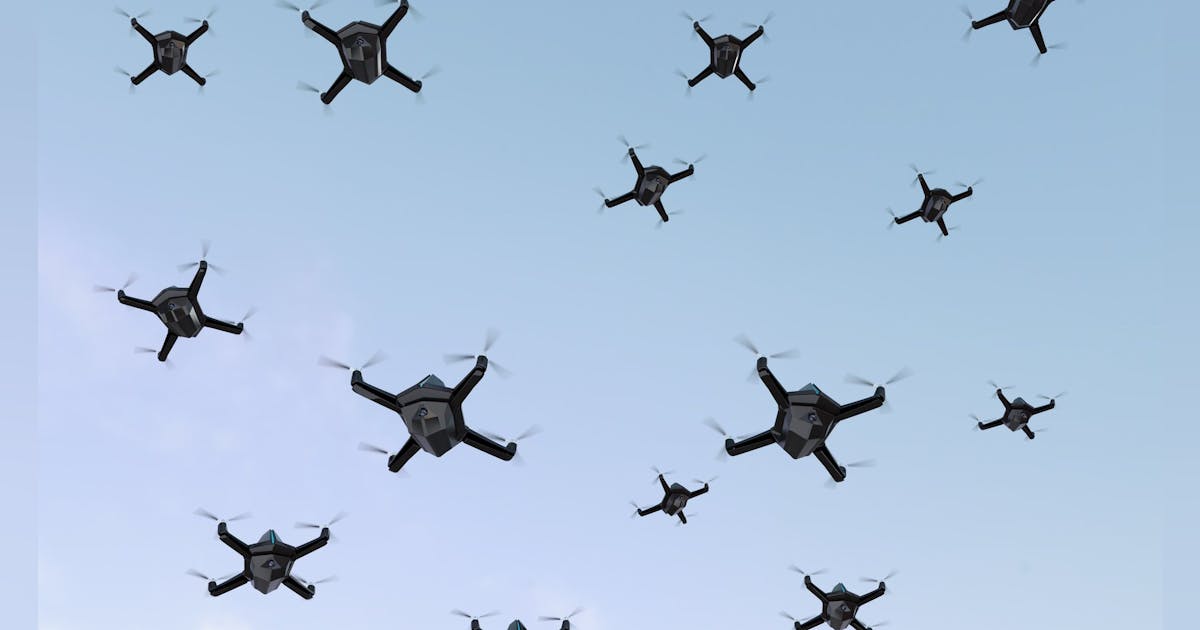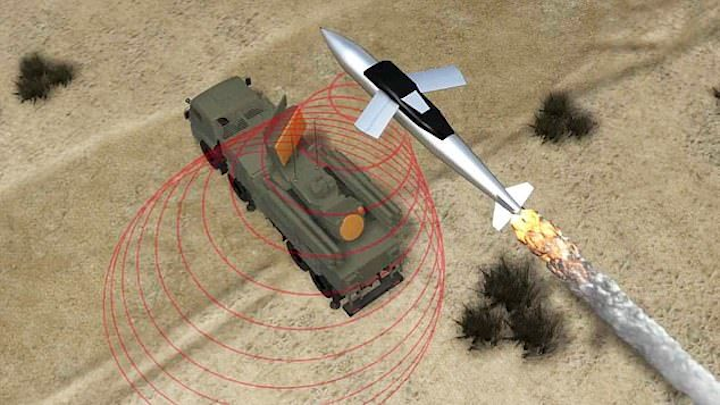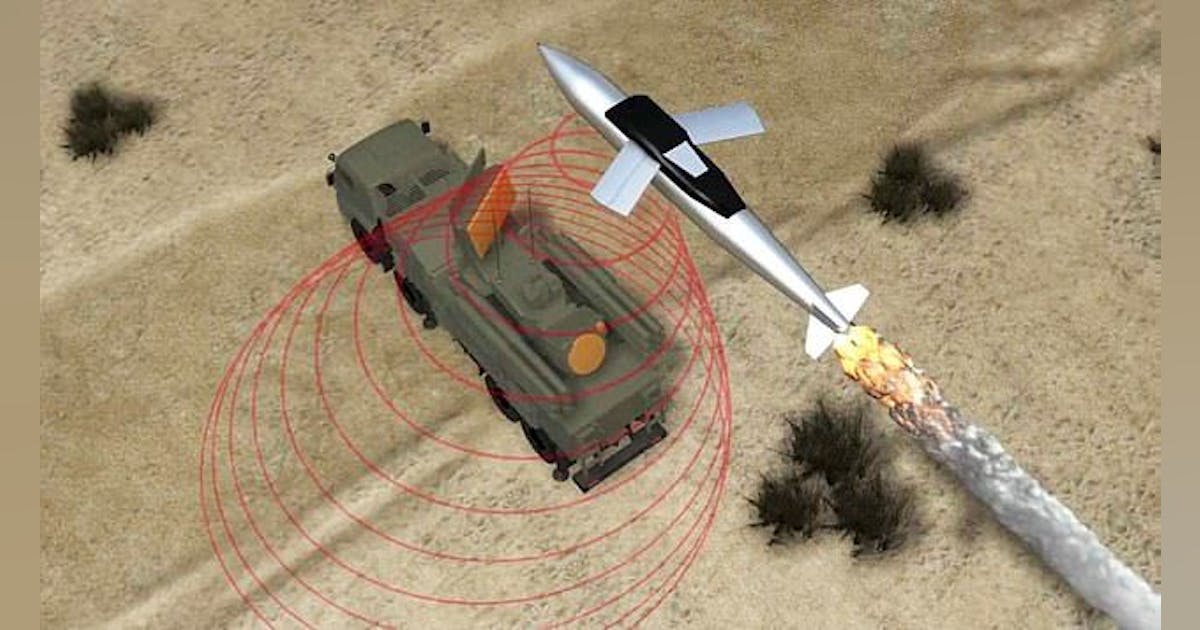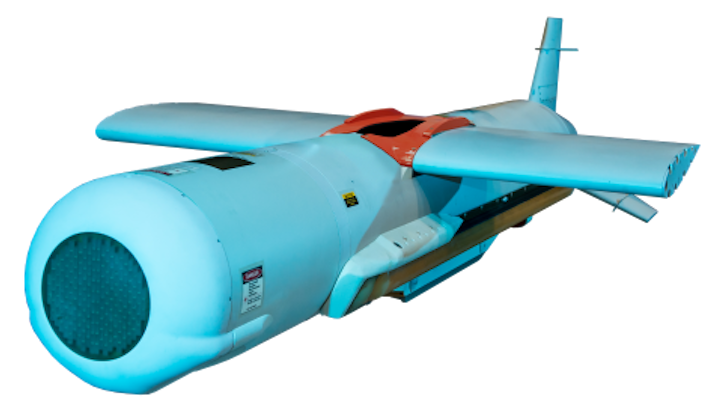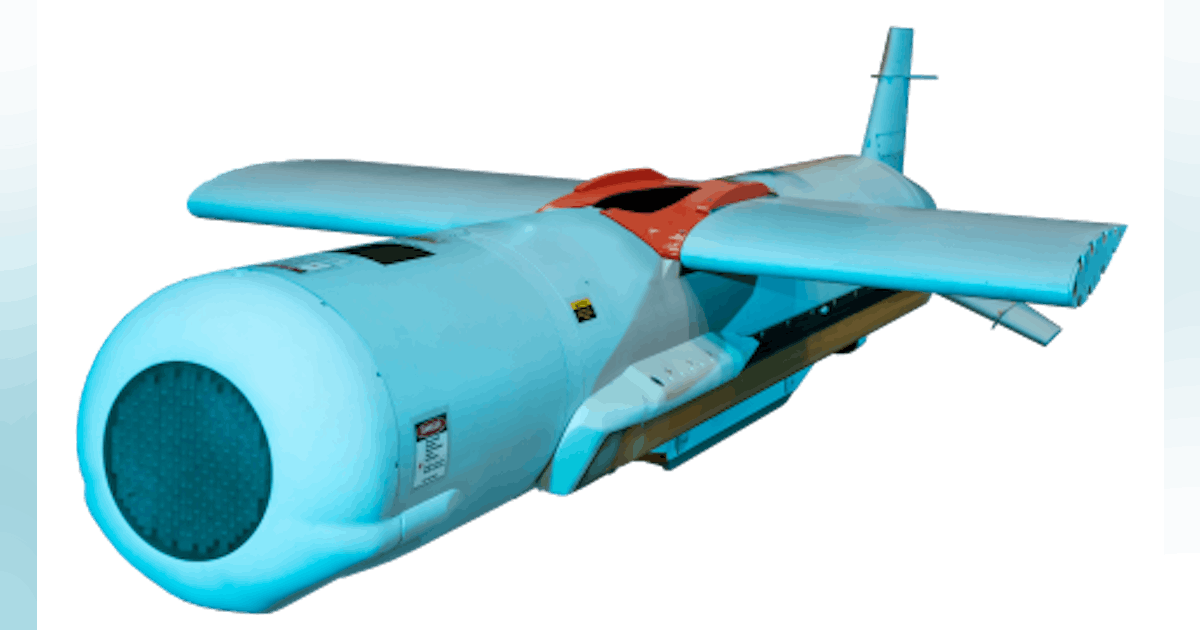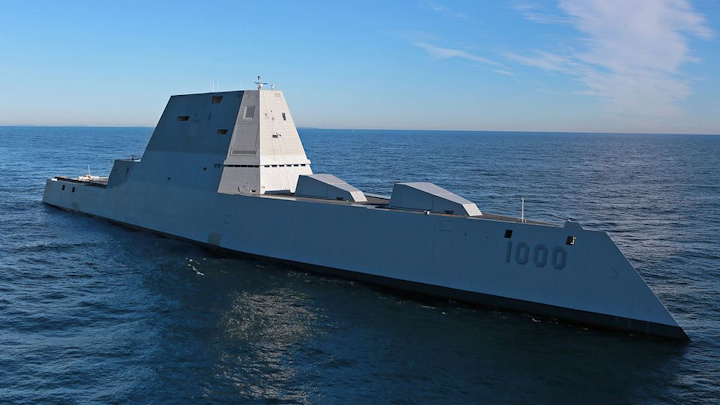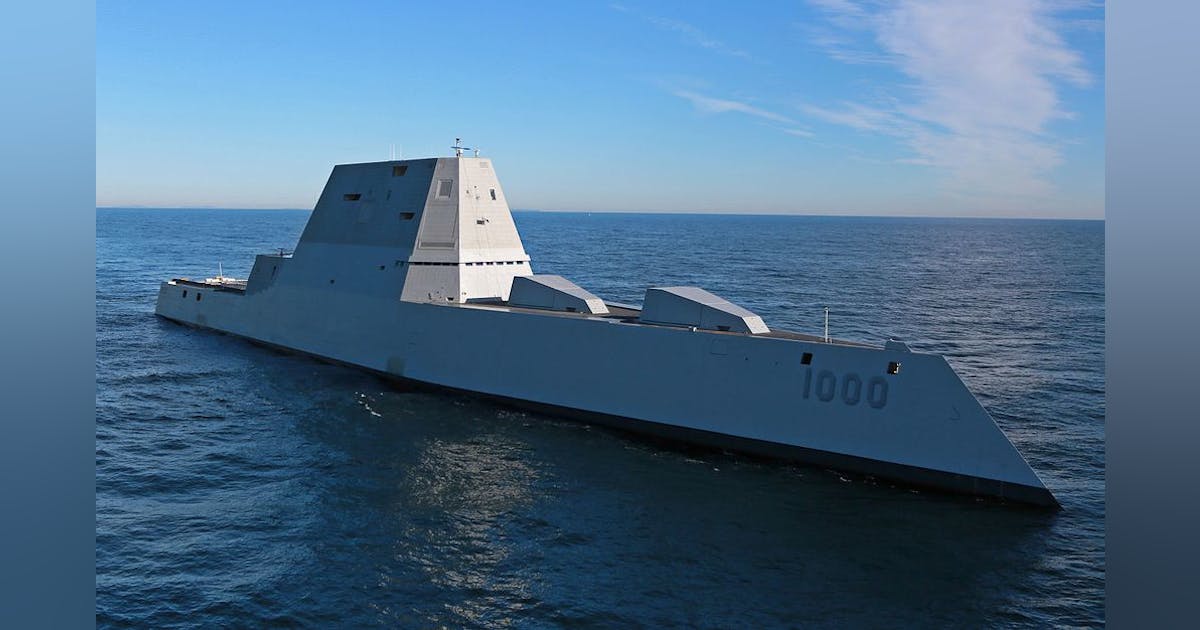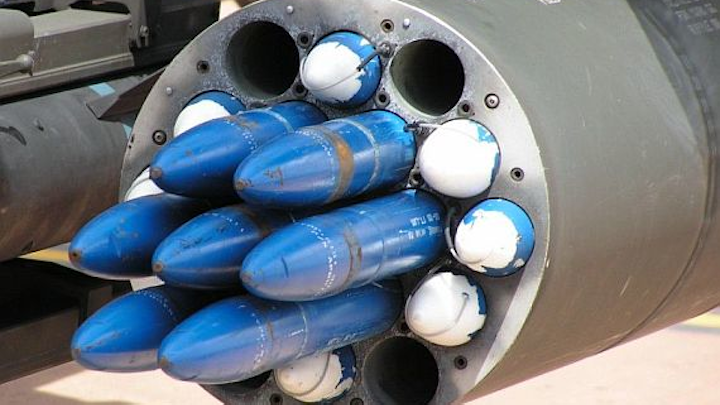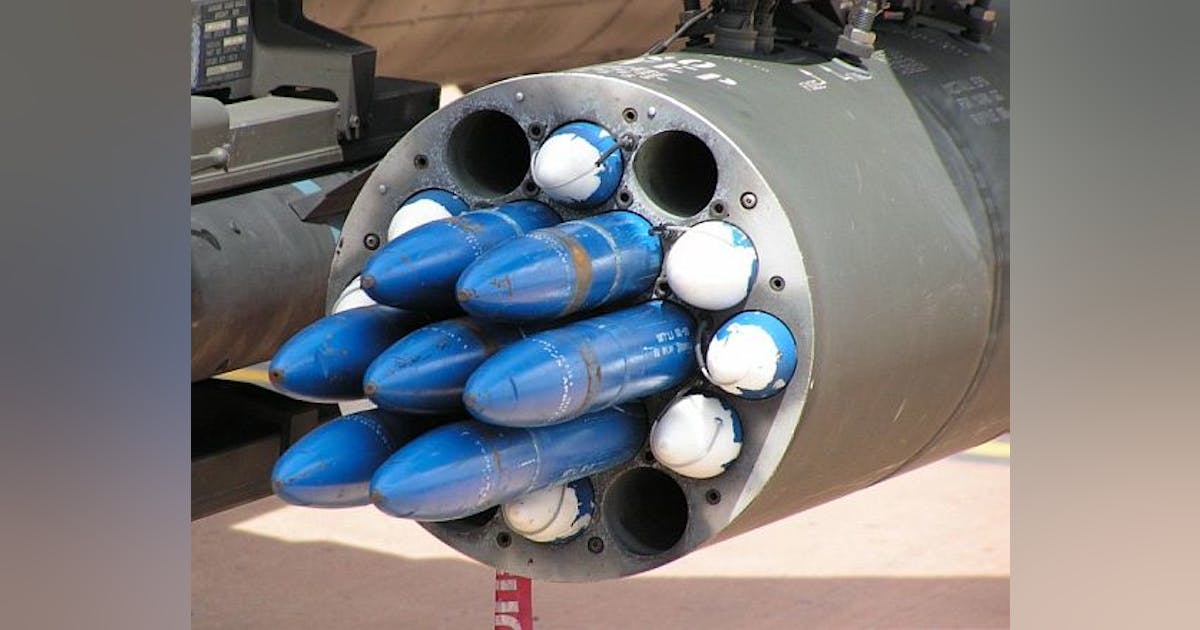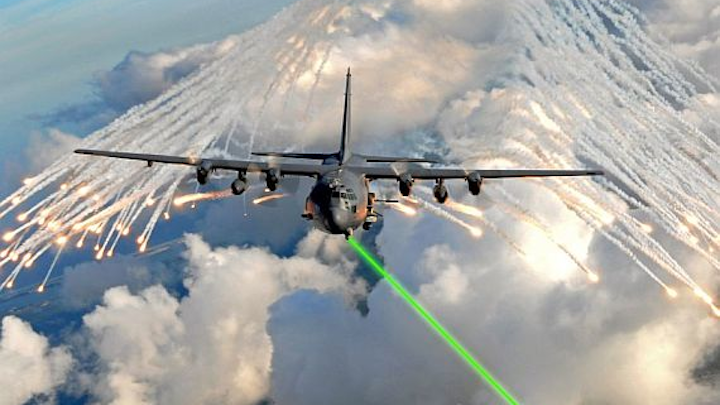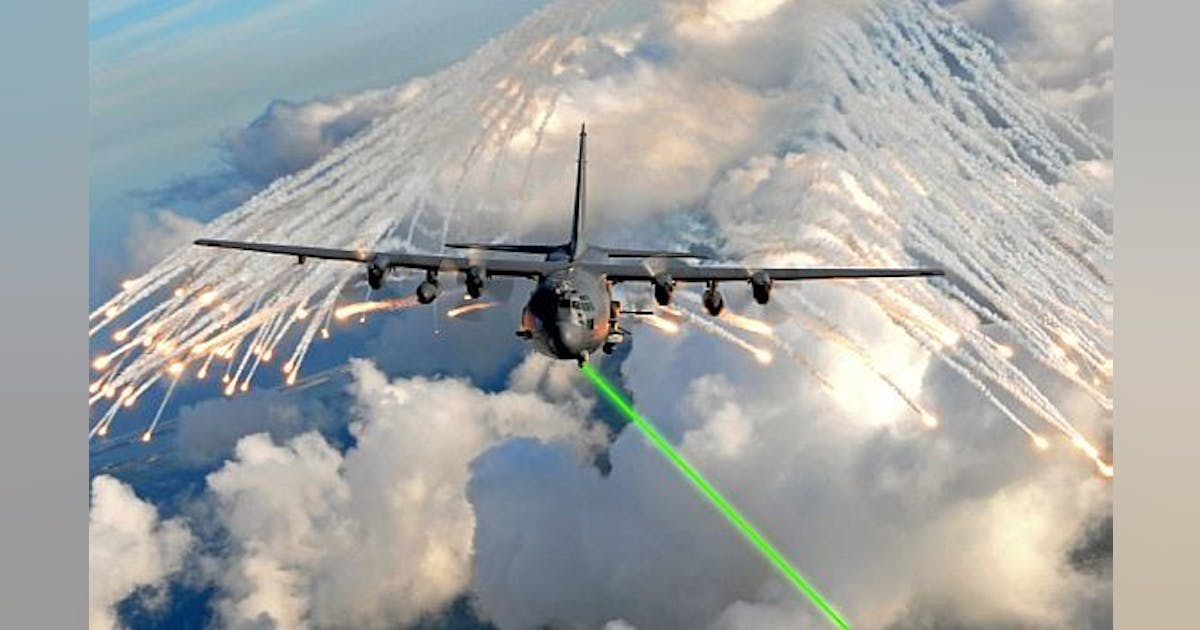Missile shootdown marks programme milestone for AFRL’s SHiELD.
Robin Hughes, London
07 May 2019
The US Air Force Research Laboratory (AFRL) disclosed on 3 May that its Self-Protect High Energy Laser Demonstrator (SHiELD) Advanced Technology Demonstrator (ATD) programme achieved a major milestone with the shootdown of multiple missiles in flight.
During a series of tests conducted on 23 April at the High Energy Laser System Test Facility at White Sands Missile Range, the AFRL’s ground-based Demonstrator Laser Weapon System (DLWS), acting as a test surrogate for the SHiELD system, successfully engaged multiple air-launched missiles in flight.

During a series of tests at the White Sands Missile Range, New Mexico, on 23 April, the AFRL's DLWS (pictured), acting as a ground-based surrogate for the SHiELD system, engaged and shot down several air-launched missiles. (USAF)
According to the US Air Force (USAF), “The demonstration is an important step of the SHiELD system development, validating laser effectiveness against the target missiles. The final SHiELD system, however, will be much smaller and lighter, as well as ruggedized for an airborne environment.”
Launched in 2017, and one of two high-energy laser weapon system (LWS) programmes being run by the AFRL, SHiELD is a two-phased effort intended to illustrate the ability of a podded laser system. The SHiELD programme will eventually develop and integrate a more compact, medium-power LWS onto a fighter-compatible pod to demonstrate the effectiveness of a LWS in a relevant flight environment for self-defence against ground-to-air and air-to-air weapons. Initial flight tests of a podded SHiELD system are expected in the fiscal year (FY) 2020 timeframe.
According to the AFRL, “The purpose of the SHiELD ATD is to reduce and retire the risk of an airborne LWS in a calculated and precise fashion, meeting and resolving the aforementioned technical challenges of power-scaling, beam quality, thermal management, and packaging.
“In its first phase, the flight demonstration is expected to prove that targets can be tracked at sufficient range and speed to subsequently engage with a laser. In the next phase, a moderate-power laser will be incorporated to assess the performance of the LWS in an operationally relevant environment.”
Robin Hughes, London
07 May 2019
The US Air Force Research Laboratory (AFRL) disclosed on 3 May that its Self-Protect High Energy Laser Demonstrator (SHiELD) Advanced Technology Demonstrator (ATD) programme achieved a major milestone with the shootdown of multiple missiles in flight.
During a series of tests conducted on 23 April at the High Energy Laser System Test Facility at White Sands Missile Range, the AFRL’s ground-based Demonstrator Laser Weapon System (DLWS), acting as a test surrogate for the SHiELD system, successfully engaged multiple air-launched missiles in flight.

During a series of tests at the White Sands Missile Range, New Mexico, on 23 April, the AFRL's DLWS (pictured), acting as a ground-based surrogate for the SHiELD system, engaged and shot down several air-launched missiles. (USAF)
According to the US Air Force (USAF), “The demonstration is an important step of the SHiELD system development, validating laser effectiveness against the target missiles. The final SHiELD system, however, will be much smaller and lighter, as well as ruggedized for an airborne environment.”
Launched in 2017, and one of two high-energy laser weapon system (LWS) programmes being run by the AFRL, SHiELD is a two-phased effort intended to illustrate the ability of a podded laser system. The SHiELD programme will eventually develop and integrate a more compact, medium-power LWS onto a fighter-compatible pod to demonstrate the effectiveness of a LWS in a relevant flight environment for self-defence against ground-to-air and air-to-air weapons. Initial flight tests of a podded SHiELD system are expected in the fiscal year (FY) 2020 timeframe.
According to the AFRL, “The purpose of the SHiELD ATD is to reduce and retire the risk of an airborne LWS in a calculated and precise fashion, meeting and resolving the aforementioned technical challenges of power-scaling, beam quality, thermal management, and packaging.
“In its first phase, the flight demonstration is expected to prove that targets can be tracked at sufficient range and speed to subsequently engage with a laser. In the next phase, a moderate-power laser will be incorporated to assess the performance of the LWS in an operationally relevant environment.”
Janes | Latest defence and security news
Janes | The latest defence and security news from Janes - the trusted source for defence intelligence
www.janes.com

